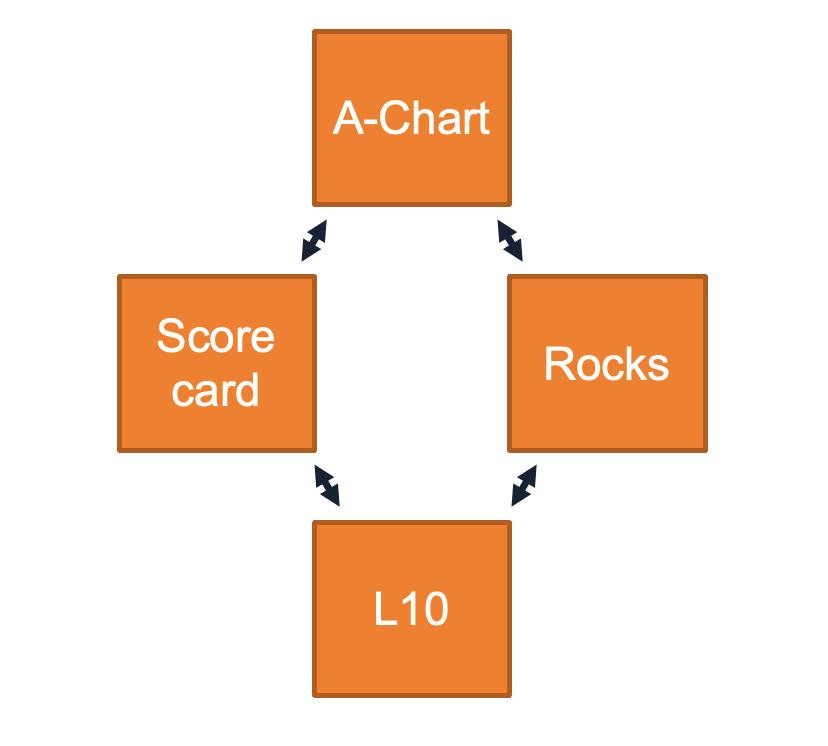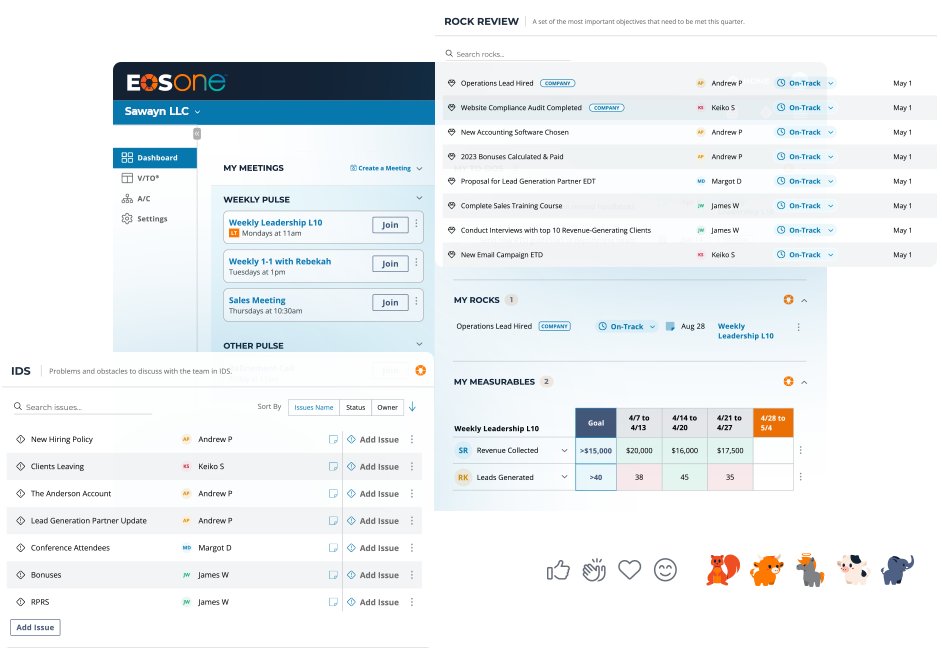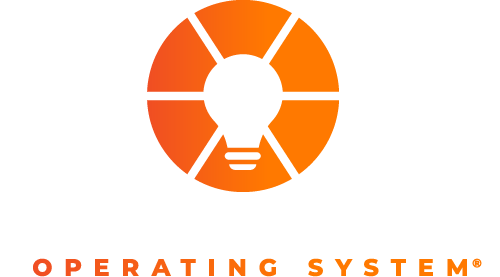Most clients ask this question at some point. After all, using EOS for the leadership team makes sense. The leadership team sets the strategic direction. The leadership team drives the entire business, so using EOS to drive alignment, coordination and efficiency makes sense. People on the manufacturing floor or the laborers in the field or the housekeepers in the hotel just need to execute the plan. Do they really need to learn all this EOS stuff? Or, similar thinking along this line.
We answer with a loud and definitive “Yes!” We need every employee fully aligned, disciplined, accountable and excited. This will build the greatest companies.
Employees cannot fulfill expectations unless they know their role
How can anyone excel at their job if they do not know what they are expected to do?
The first and most fundamental question lies in ensuring the employee understands their role. A simple question we like to ask: “what does this employee do in a sentence?” This is a key reason why the EOS Accountability Chart is limited to five bullets. When the manager can answer this sentence, it demonstrates clarity of expectations.
Consider these competing answers:
- “This sales seat is supposed to find new targets and introduce our company. The person needs to propose our products, write statements of work, negotiate terms with the client and close contracts. They are expected to enter interactions in our CRM, follow-up on all leads, coordinate with Finance and Legal, forecast accurately and attend our marketing events. They are also supposed to conduct quarterly strategy meetings with our internal stake-holders. They are supposed to get their expense reports in on time.” Note: Nothing about revenue!
- “This sales role is expected to secure revenue and provide the forecast visibility the organization needs to run efficiently.”
- One talks about all the tasks that need to get done, while the other speaks to the fundamental purpose of the seat.
Yet, when a manager can lay out a seat clearly, this is still not enough.
The employee must see things in the same way. Ideally, the manager and the employee see the job in the exact same way. Only then can an employee exceed expectations.
Employees cannot thrive without measurement
Once the role is well understood, the next priority is measurement. EOS believes that each employee should be measured week-by-week by numbers (Scorecard) and measured longer-term with goals (Rocks). Why do employees need both?
As EOS Implementers, we see very consistent patterns:
- Strong Scorecard, Weak Rocks – Execution! The employees clearly understand the metrics they need to hit. Unfortunately, they tend to not feel emotionally connected with their career growth nor feel as connected with the company vision. Turnover is typically much higher in this scenario and the employees simply do not care as much.
- Strong Rocks, Weak Scorecard – The employees love the company and the direction. They have envisioned their job growth and want to be there. Unfortunately, without clarity of the weekly numbers, they are not getting the work done as effectively as they need to drive there quickly. Execution typically lags.
We should all want employees that are executing with full effort because they are advancing an aligned individual and company future, while they are emotionally committed to the company’s vision.
When an employee does not have Rocks and Measurables, the performance evaluation is typically built on the manager’s perception. The manager watches the employee do their job and develops a sense of judgment. While this may work for the manager, it does remove accountability from the employee. The job is to make the manager happy. With Scorecards and Rocks, the employee has the tools necessary to take ownership, think creatively, be fully aligned and drive to a better future.
Employees cannot do it alone
Great managers enable their employees to thrive.
Finally, the employee needs to be reminded on a regular cadence what their most important goals and numbers are. With this clarity, they also need a forum to seek help to ensure they are hitting their goals. This environment allows the manager and employee to remind the top priorities, assess performance, maintain accountability where it belongs and provide help, where needed.
This is why the L10 is a favorite client tool. It brings together many key elements.
Not all L10s need to be weekly and for 90 minutes. A landscaping company can have a stand-up L10 once a week with an iPad for 20 minutes. A waitstaff can have two different L10s to accommodate different schedules every other week. The cadence and length can vary to fit the environment, but the need to get eyes on the goals, identify issues and maintain accountability is a must.
Which companies need EOS top to bottom
As a result, the only companies that truly need EOS top to bottom are companies that want an environment where employees have clarity in their roles and are aligned with the company direction. An environment where performance expectations are clear and the employee has a voice in feasibility. A company where problem solving is occurring at every level of the organization every single day.
We believe every company needs EOS top to bottom.



